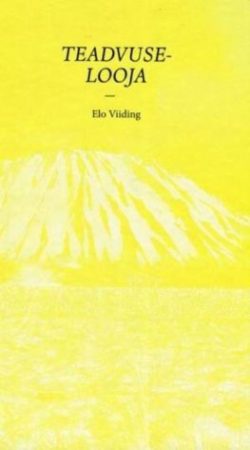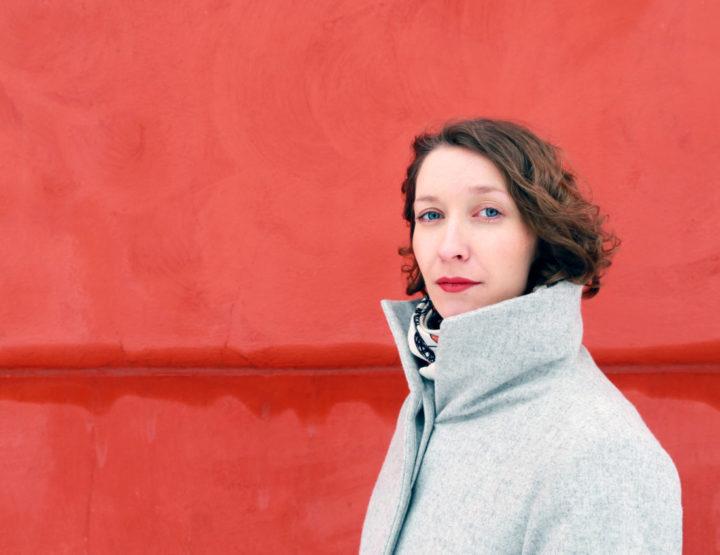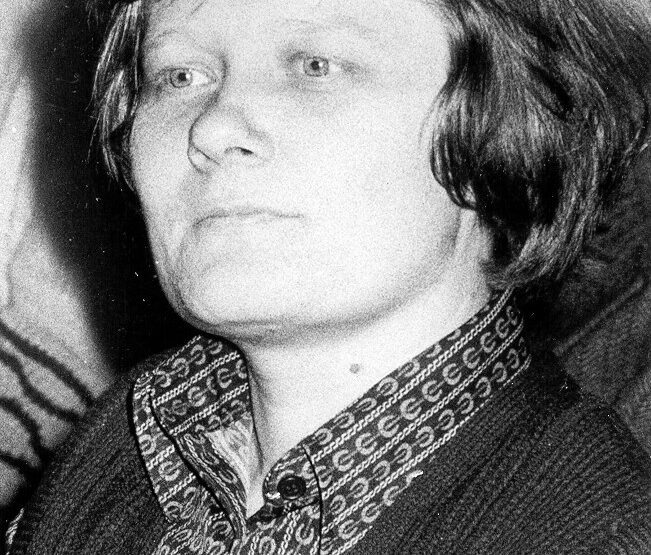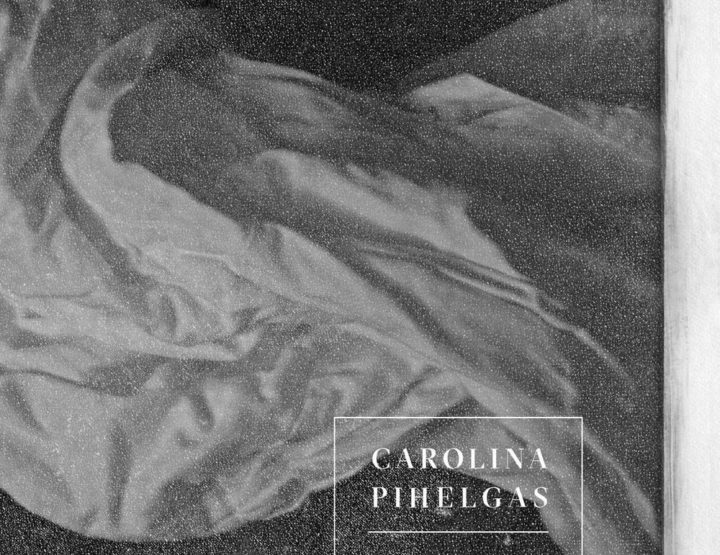Elo Viiding, Teadvuselooja (Consciousmaker).
Tallinn, Tuum, 2016. 64 pp
ISBN 9789949979431
Consciousmaker begins in a psycho-mythological manner: “Wind like a snake / back along the wall / down / and in and out of it // only thus / can you alter your fate / if your consciousness is a wall // speak with the wall” (p 7). It’s good that the author doesn’t hand us a clear key or an answer to whether she is dissecting human psychology, or indeed mythologically inspecting our world and existence. At the same time, the work contains repetitive, threatening, and alluding snake imagery; a certain demonism; Lucifer, who turns out to really be Saint Lucia, and alights in the midst of Estonia’s sacred Song Festival; chaos and a meek prophet who fails in his lenience. Viiding is concise, precise, and painful, while at the same time not showing the reader any mercy, not giving anything away.
The demonic and the bourgeois are united and contrasted in snake eyes: “he is god incarnate / you ID-card number / bank’s Christmas greetings’ recipient / have to swallow fellow females’ food pics, / hunter, gatherer’s conformist berries / lecturing on harmonic dispositions / conveyed to you by a gurgling government // the strands of your spider webs / run parallel” (p 31). Viiding has always had her own bone to pick – her own struggle – with bourgeois numbness. She dissected that world even in her early poetry, and as time passed, she has done so ever more severely and mercilessly. It is no place for living; for existing with dignity. It’s a kingdom of losing oneself, although sometimes losing oneself in that kingdom is monkishly crucial.
Viiding’s cold and distanced mannerism is still intact in Consciousmaker. She’s almost always favored a chilly and non-intrusive voice and manner of
observation, even when she dons someone else’s skin, or when practicing the ruthless voice of an Old Testament judge. In any case, even I would describe it as a coldness – sometimes a biting coldness.
Here, Viiding constructs something akin to her own mythological world. The first-person voice recalls: “When I was a young girl, / I thought of the river by the aul[1], / where there lived a bad-tempered man who healed everyone. / I stepped into that river, and it was unsuitable. / But the bad-tempered man called from the riverbank: “Swim here, my dark side!”” (p 41). Alas, the girl can’t swim, and when the current finally delivers her, that world is gone. All that has begun is an endless dark continuity. Is that where this callous, cold voice and way of thinking emerged? There are a few more such fairy tales hidden in the collection, such as a holy man who is ultimately encountered in front of a grocery store’s bottle-return point, or the soldiers of destruction biding their time in the void.
Viiding also addresses poetry: “You’re too old / to read read read through / all the world’s love poetry / which you’ve always despised / which you’ve always created / feeding the space’s insatiable craving” (p 44). While the discussion of Estonia’s poetic generation of Angry Young Women (possibly including Teede and Tasuja and Läks and Grigorjeva and Turk, et al.) has surfaced from time to time, Viiding might be called the original angry young woman of Estonian poetry. This wouldn’t be entirely true, of course (I realize that it’s a metaphor and labeling, but as a critic I must address poetry somehow, and the image doesn’t seem so false from a distance, though I understand it might offend someone), but it is precisely Viiding’s harshness, callousness, boldness, and criticalness that laid the foundations.
In truth, this has nothing to do with feminism or the female cause; rather, Viiding (originally Elo Vee) simply came to fill an immense void that existed in Estonian poetry in the 1990s, and she filled it with her language, expressions, harsh imagery, and stories. She created a surface for others so that now this more expressive, critical, realist, and scathing style has become a certain normality. And this normality partly exists because of the fact that Consciousmaker is more cryptic, less expressive, and charged with a religious or mythological imagery: totally unique among Viiding’s works. It is an extremely significant body of texts that could easily also indicate a new direction.
[1] A type of village in several Central Asian cultures.
Jürgen Rooste (1979) is a poet, journalist, and one of the most renowned Estonian writers of his generation. He has published fifteen poetry collections and received the Cultural Endowment of Estonia’s Award for Poetry on two occasions, among many other literary awards.





